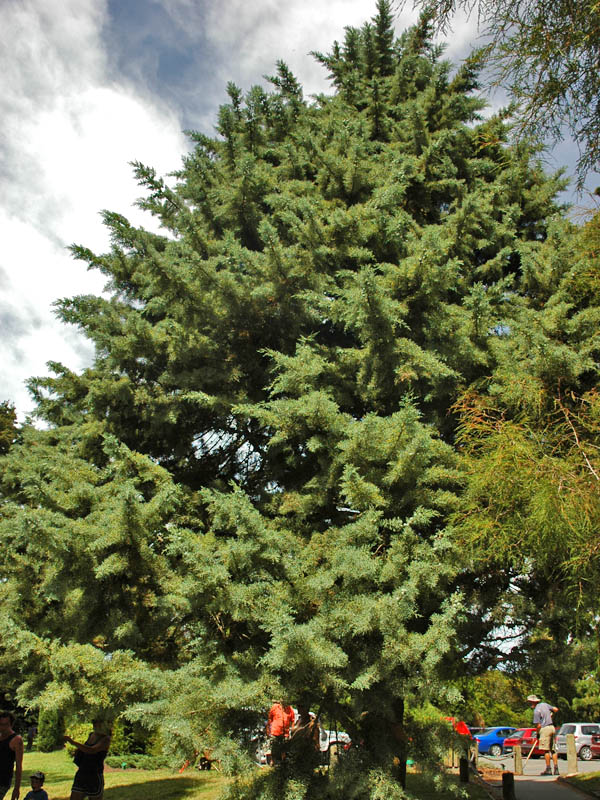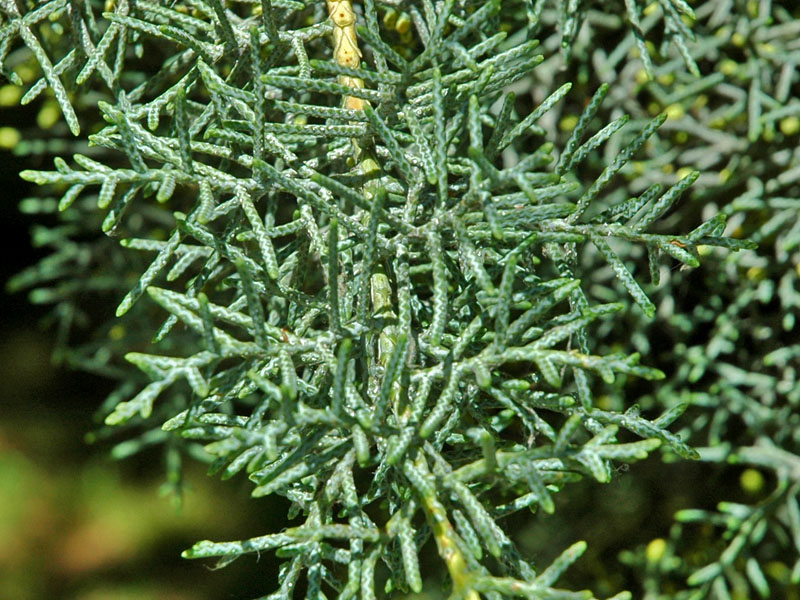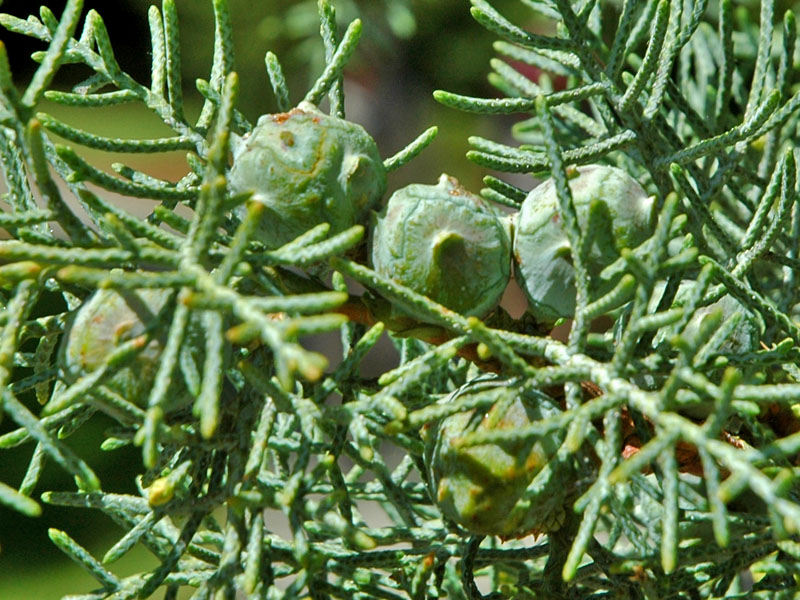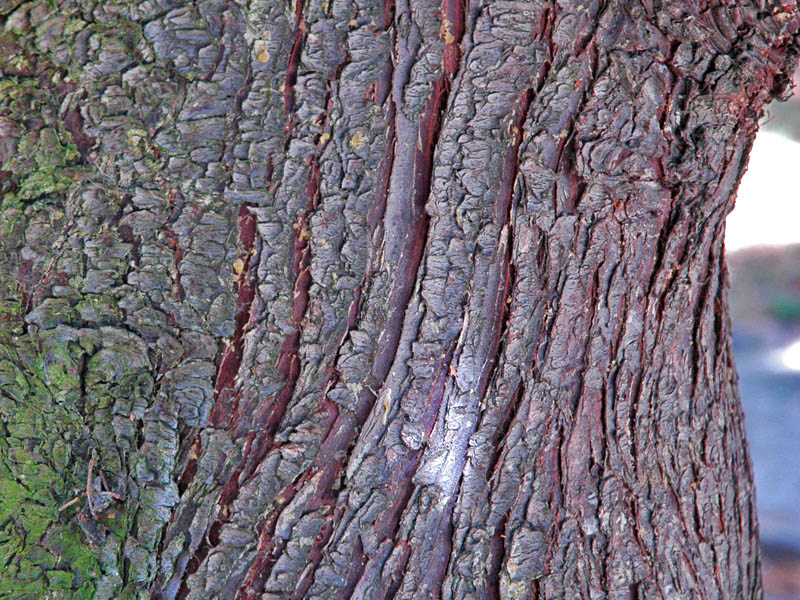| General Description | Cupressus arizonica var. glabra 'Blue Ice' is a fairly large, vigorous tree that is resistant to disease and tolerant of poor soil quality. Its wind resistance makes it a valuable wind break. It has a pyramidal shape during early growth and begins to spread with age. |
| ID Characteristic | Unique, icy silver-blue foliage. The bark also has a red tinge to it, getting more vibrant towards the end of the branches. Cones are rotund and made up of 6 - 8 scales.
|
| Shape | Upright pyramidal shape opening and spreading with age. |
| Landscape | Makes a low maintenance hedge or screen. Suitable for a urban location where quick growth is desired. |
| Cultivation | Prefers well drained, slightly alkaline soil and can withstand many different soil types and pH levels. Achieves maximum growth in full sun, in loam soil with a pH level around 6.5.
|
| Pests | Susceptible to cypress aphid and Seiridium canker, however generally disease free.
|
| Notable Specimens | Christchurch Botanical Garden, Christchurch, South Island, New Zealand. North Carolina State University, North Carolina, United States of America. |
| Habitat | Horticultural origin. |
| Bark/Stem Description | Bark is brown with a red tinge and exfoliates in scales with age. Stems become more red towards terminals.
|
| Flower/Leaf Bud Description | No more than 5 mm long with yellowy-green scales and slightly ovate shape.
|
| Leaf Description | Icy blue scales with densely overlapping foliage. Flattened, acutely pointed scale-like blades are up to 3 cm long and soft to the touch. |
| Flower Description | Both genders have small, narrow, scaly flowers that are yellow, turning slightly purple while in bloom. They grow up to 5 mm in length and aren’t showy. |
| Fruit Description | Rotund, scaly cones with 6 - 8 large scales that open up after falling from the tree. Cones are 3 - 5 cm wide, green in their early stages and brown when open.
|
| Colour Description | The main colour comes from its icy blue scales when exposed to full sunlight. The trunk is brown and red, stems are red, buds and flowers are yellow, cones are bright green.
|
| Texture Description | Finely textured, with bark exfoliating with age. |



